Power of Sale
Learn how power of sale works in Canadian real estate, how it differs from foreclosure, and what borrowers and investors need to know about the process.

May 22, 2025
What is Power of Sale?
Power of sale is a legal process used by lenders in several Canadian provinces to recover mortgage debt by selling a defaulting borrower’s property without going through the court system.
Why Power of Sale Matters in Real Estate
Common in Ontario and Nova Scotia, power of sale allows lenders to act more quickly than foreclosure. Once a borrower is in default, the lender can issue notice and, after a waiting period, sell the home to recover the debt.
Key features of power of sale:- Property is sold by the lender, not the court
- Borrower may still owe any shortfall after the sale
- Any surplus funds after debt and costs are paid go to the borrower
This process protects lender rights while offering transparency and oversight. Homeowners in power of sale should seek legal counsel promptly.
Understanding power of sale helps homeowners, investors, and agents navigate distressed property sales and lender recovery procedures.
Example of Power of Sale in Action
After a borrower defaults, their lender exercises power of sale, selling the property to recover the remaining loan balance and legal fees.
Key Takeaways
- Enables lender to sell defaulted property.
- Faster and less costly than foreclosure.
- Common in Ontario and Nova Scotia.
- Borrower may retain surplus after sale.
- Governed by provincial statutes.
Related Terms
- Foreclosure
- Default
- Mortgage Arrears
- Distressed Property
- Judicial Sale









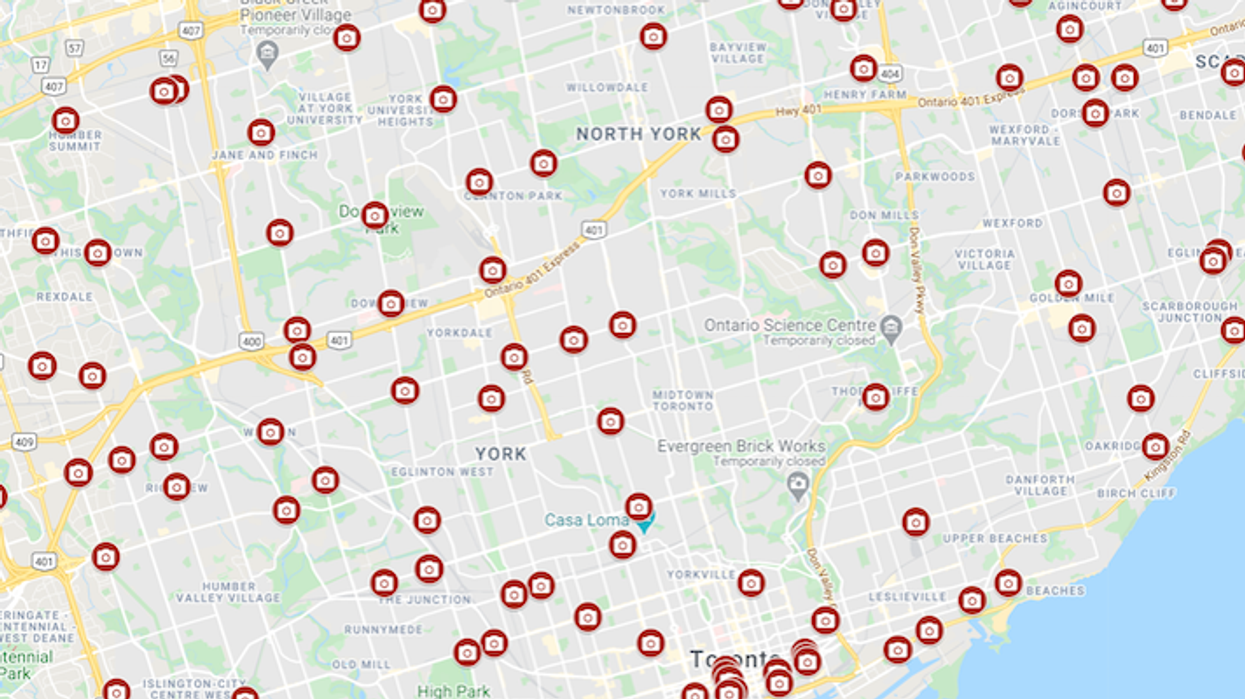

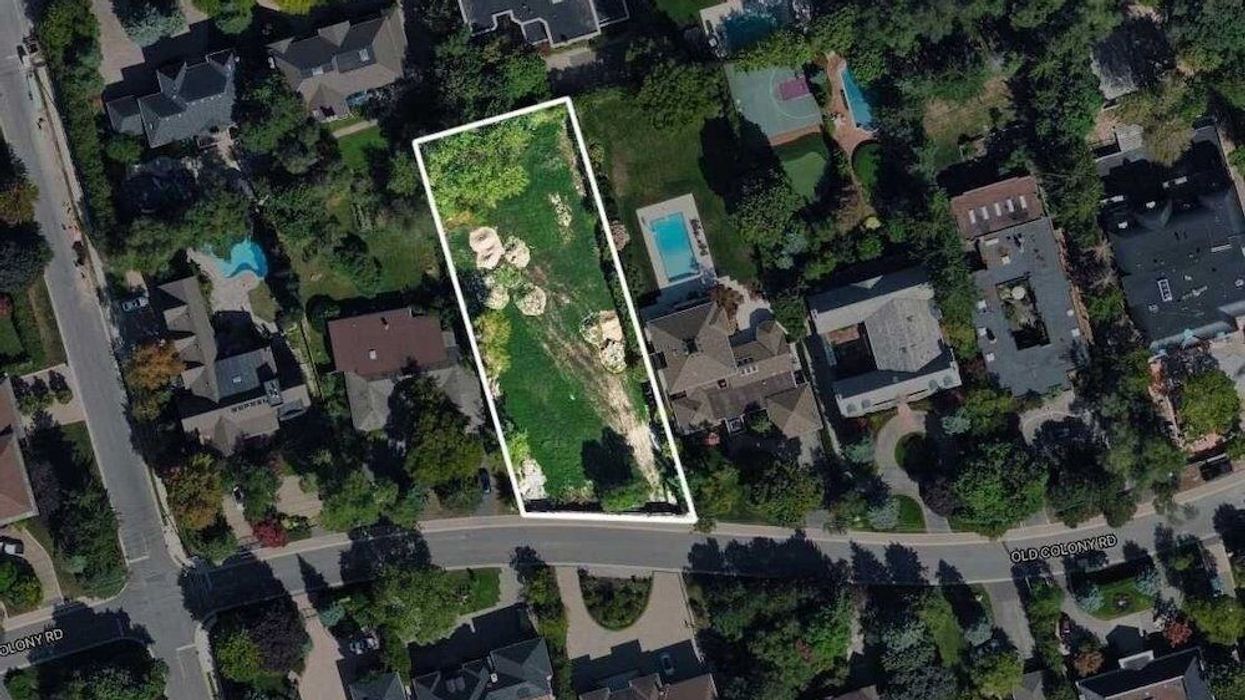

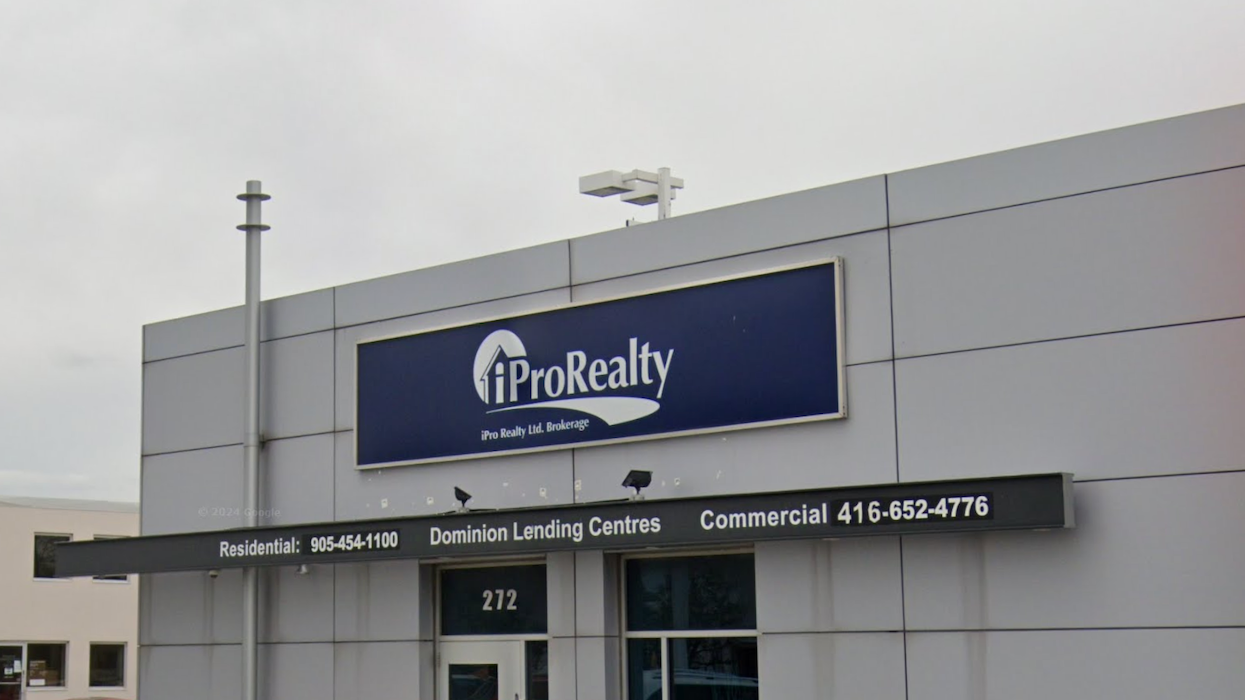
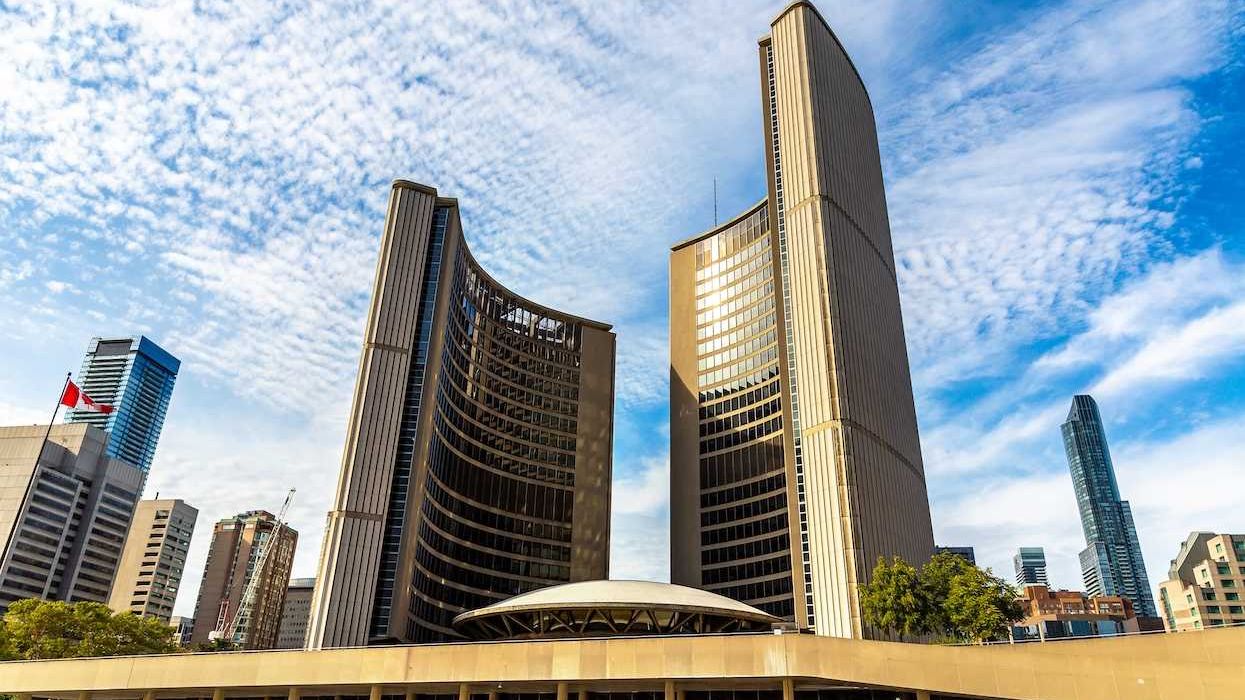
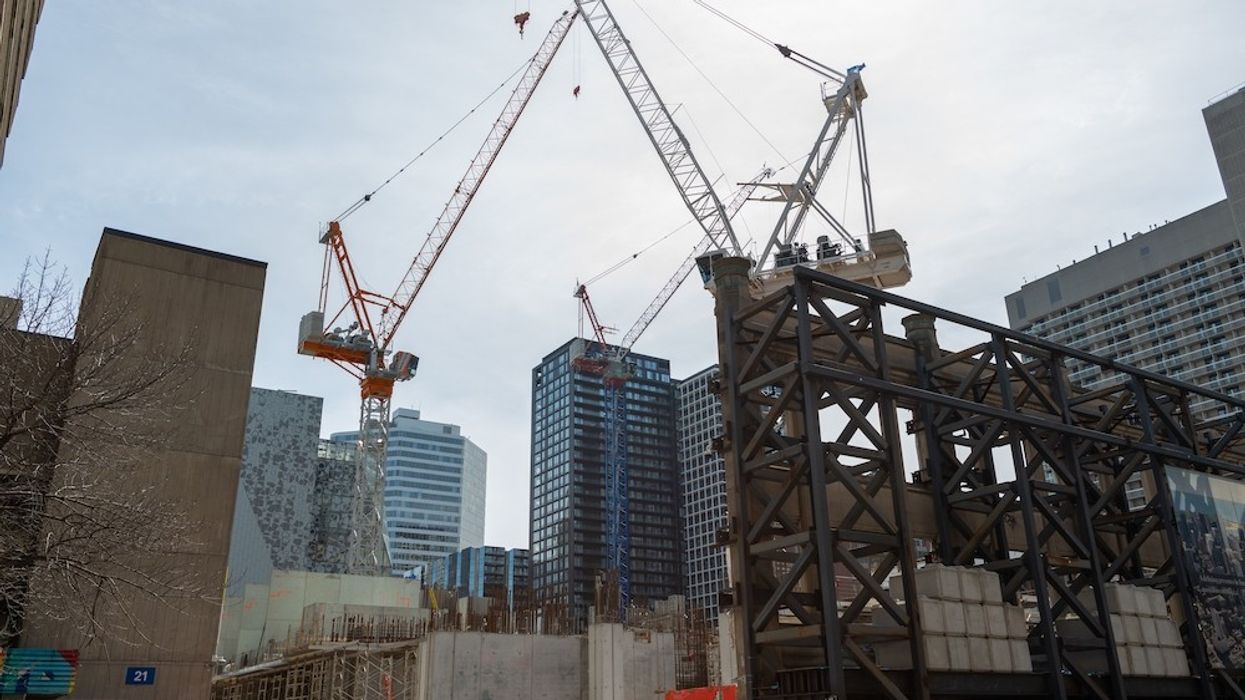

 Camcos Living
Camcos Living Shutterstock
Shutterstock Little Rouge Block G/Camcos
Little Rouge Block G/Camcos Camcos Living
Camcos Living Camcos Living
Camcos Living Camcos
Camcos







